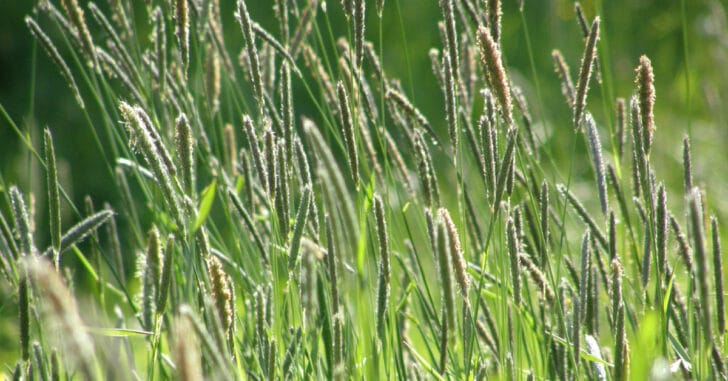Garden
All About Timothy Grass Benefits, Uses, Care and Growing Tips
Wondering what to give your pets that are nutritious, plentiful and totally affordable? If your answer is yes, you should try Timothy Grass.
Haven’t you heard before? Here is the detailed guide on timothy herb, its definition, seeds, benefits and uses and of course a growing guide.
Table of Contents
Timothy Grass – What it is?
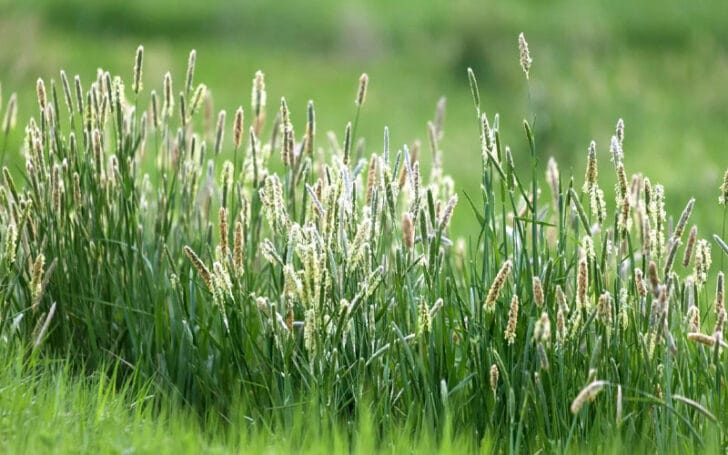
Timothy is a perennial grass from the genus Phleum, which is very beneficial for use as a tooth-strengthening and fiber-rich food for animals.
| Scientific name | Phleum pratense |
| Genus | Phleum |
| Common names | Timothy grass, meadow cat’s tail, common cat’s tail |
| Available in | Entire Europe |
| Uses | Anti-allergen, fodder, hay |
· Timothy grass identification
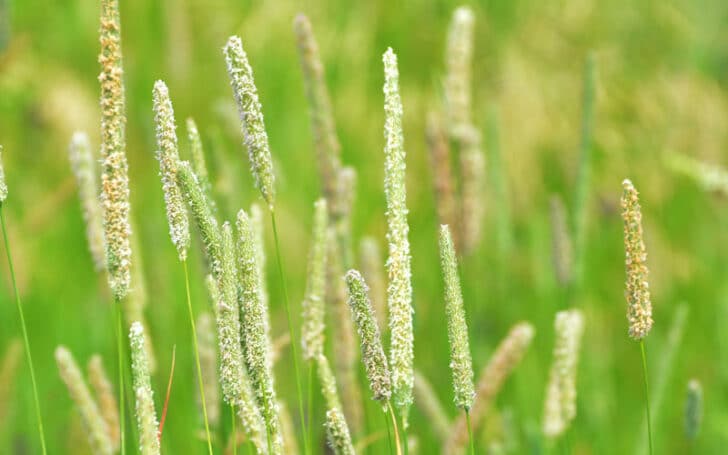
It grows 19 to 59 inches tall. It also has hairless, broad and rounded leaves, while the lower sheath of the leaves turns brown after ripening.
The leaves are up to 2.75 to 6 inches tall and 0.5 inches wide with flower heads and have densely packed spikelets.
Because it was a grass, Timothy had no rhizomes or stolons, no auricle.
· Timothy Grass Smell:
Timothy hay is nothing more than just grass and has a grassy scent when freshly cut. However, when dried for too long, it becomes odorless.
· Timothy Grass Color:
If you see brownish or grayish stems, which means the grass is not fresh, its color is fresh green.
On the other hand, staying wet for too long, such as being in the rain, can cause timothy grass to change colors.
· Timothy Grass Taste:
Humans can eat most herbs, but Timothy’s is not known to be eaten by humans. It is a great hay for rodents such as guinea pigs and horses.
However, keep in mind that timothy is not at all toxic to humans. You can chew it and spit out any remaining threads or fibers for a slightly sweet and sultry flavor.
Timothy Grass Uses and Benefits:
1. Used as Hay for horses:
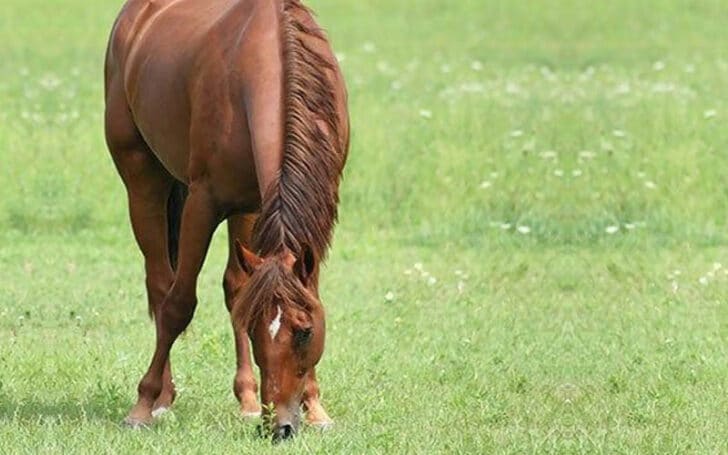
The main use of this grass is as hay for horse fodder and cattle fodder. The main thing is that it is rich in fiber, especially when dry, and horses like to bite this way.
2. Livestock Food:
When Timothy is fresh and green, it becomes a great source to give your pets such as chicken, duck, goat and sheep a protein rich diet.
These animals like to fill their mouths with fresh grass, but may not enjoy dry timothy grass.
3. Economical staple food:
Domestic rabbits, guinea pigs, chinchillas and degus also feed on timothy grass because these animals eat a lot and need a lot of food.
Timothy makes an excellent staple food for such animals as it is inexpensive, easy to grow, yet extremely economical and bulky.
4. Timothy grass Important ingredient for allergy and hay fever vaccine:
Pollen allergy is common during the harvest season, but timothy grass has proven to be a good ingredient to ward off such allergies.
This vaccine increases body immunity to build a strong wall so that the body does not react to pollen or pollen allergy.
5. Timothy grass for lawns is beautiful addition to your yards:

This grass is extremely easy to grow in gardens and gardens and looks very elegant with its fluorescent and beautiful leaves.
If you want to see green in less time and with less resources, it will be an amazing addition to your garden.
Now you must be thinking about how to grow Timothy grass, right? Here are some easy ways to grow timothy grass for lawns:
How To Grow Timothy Grass:
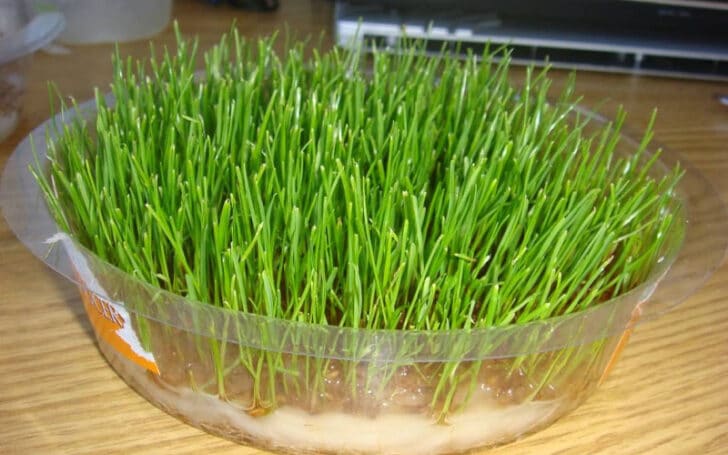
As an overview, you will need timothy grass for lawns:
- heavy soil
- It can grow even in sandy soils that are poor and dry.
- It’s not pasture grass because it doesn’t grow well there
- Growth slows down after each harvest
Timothy is a weed of scarce resources, so don’t worry about dryness, lack of water and cold weather.
Unlike Timothy, Utricularia graminifolia is another grass species that grows well in heavy water tanks such as fish aquariums.
1. Growing Season:
Timothy grass is usually planted in spring or summer. It grows very well and easily this season and is ready for harvest in 6 weeks.
2. Soil Condition:
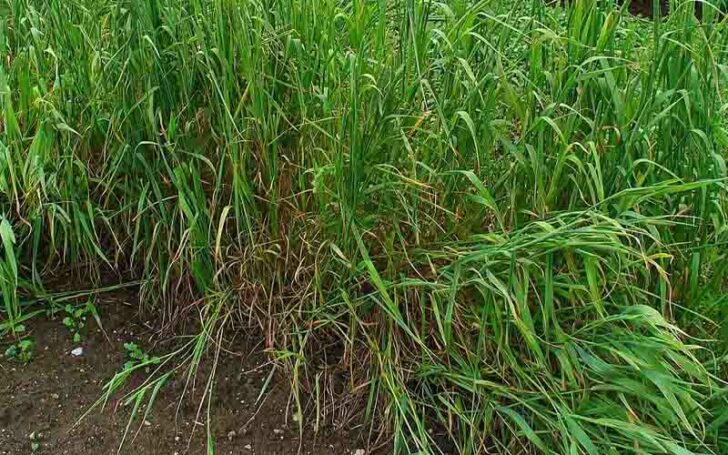
Sandy and clay-rich soil is best for growing this grass.
The soil does not need to be rich enough to do well in dry soil as well. However, you produce an amended soil by mixing chemicals and organic matter for better and faster growth.
Besides that, pay attention to the soil Ph, which should be 6.5 to 7.0 for growth. Soil testing can be done every 6 months and then amended by adding lime to maintain the Ph level.
3. Timothy soil seed:
When it comes to planting Timothy soil seed, it should be planted ¼ to ½ inch deep of the soil. You will make a solid seedbed to achieve heavy and even grass growth.
4. Watering:
Timothy grass only tolerates wet and dry conditions side by side. It needs some dry state intervals between growth. Therefore, immediately after planting the seeds, you need to keep the soil moderately moist.
5. Fertilizer:
Like all other types of grass, timothy grass needs nitrogen availability during its growing season, which runs from spring to summer.
It will increase the yield of Timothy grass per harvest.
6. Harvesting:
Grass yield will be ready for harvest within 50 days of planting. One more thing, soil regrowth after harvest will be slower.
For this, you can get excellent yield and growth by planting timothy grass seeds every six months.
Timothy grass care:
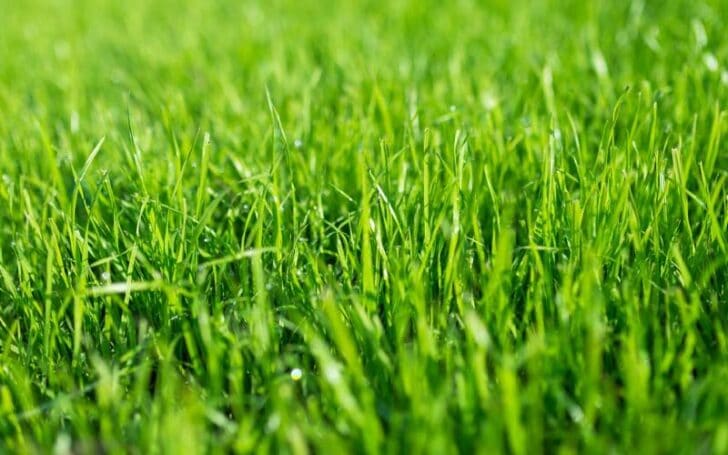
Timothy grass does not need a lot of maintenance as it is just a lawn. However, in extremely severe conditions you need to be a little careful.
Such as:
- Make sure the soil gets dry intervals between watering.
- Harvest is done approximately 50 to 70 days after sowing.
- If it rains, be sure to cover the lawn with some parachute paper as it doesn’t tolerate very dense soil.
- Too much wet soil can turn the leaves yellow.
Bottom Line:
This is all about Timothy Grass. If you don’t have deep soil and need greenery in a barren land, you can go for biodegradable grass seed mats. They will fill your entire garden with fresh green grass in no time.
If you have more questions, please write to us by commenting below.
Also, don’t forget to pin/bookmark and visit our blog for more interesting but original information.

